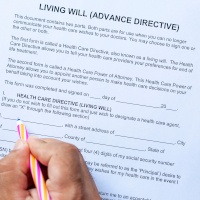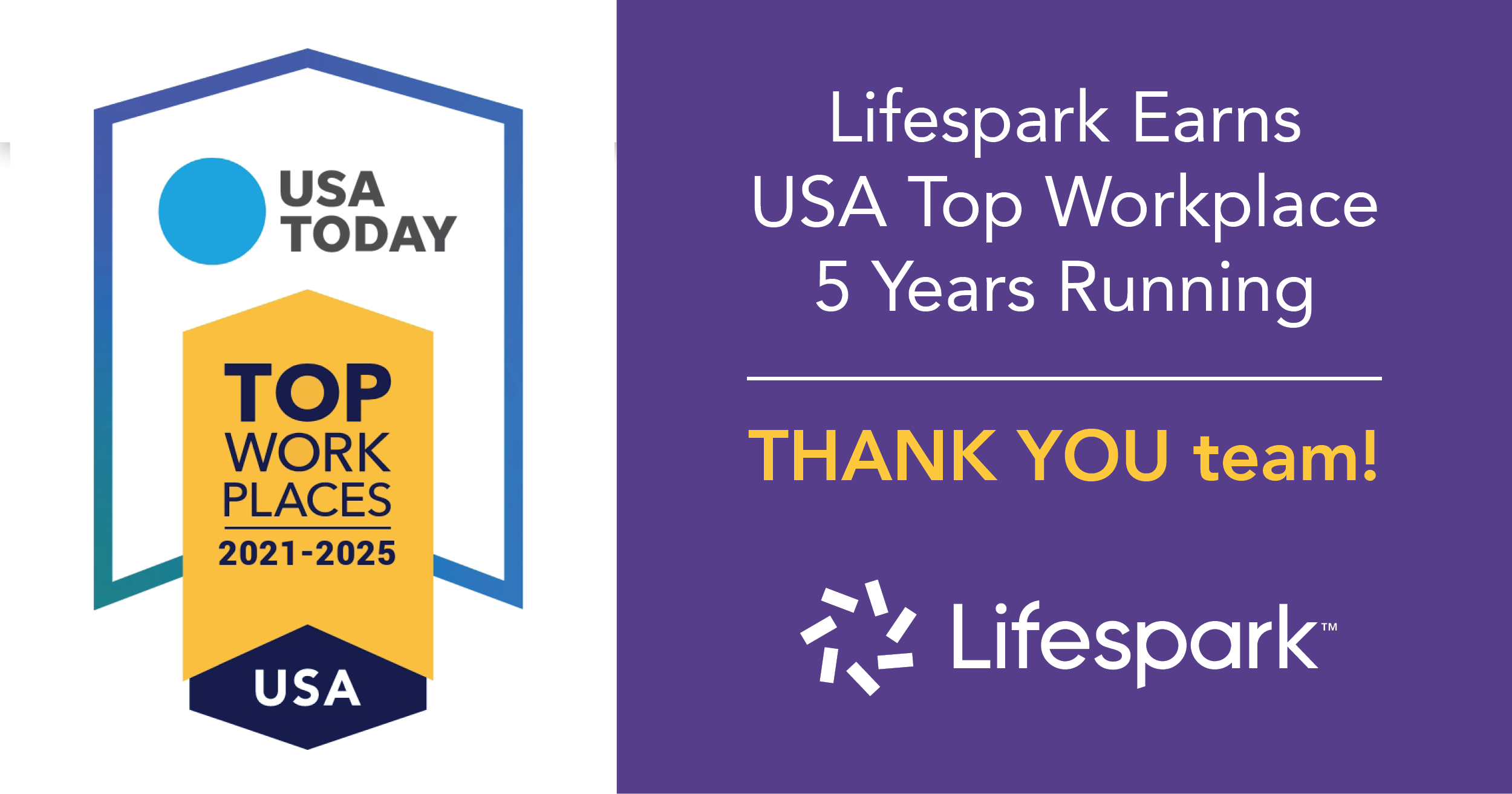
At Lifespark, we empower individuals to maintain control of their lives as long as possible. That’s why we believe so strongly in the value of the Advance Directive—because it gives you greater control over your medical care, quality of life during disability, and end-of-life wishes in the event that you can’t communicate them verbally. It is also one of the greatest gifts you can give your loved ones—the gift of knowing what kind of medical care you would want.
Inspired in part by the realities of the COVID-19 pandemic, Lifespark is launching an Advance Directive Blog Series that we hope will inform, educate, and motivate people to document their wishes and share them with close friends and family. According to a 2017 Kaiser Family Foundation survey, 97% of people say it’s important to put their wishes in writing but only 37% have actually done it. Together, we can bring that low number closer to 100%.
What is an Advance Directive?
The Advance Directive is a legal document that informs your doctors and your family members about your wishes in the event you can’t speak for yourself. If you were under anesthesia for surgery, for example, your Advance Directive would be used for any medical decisions that needed to be made, but once you regained consciousness, you would speak for yourself.
There are two main components to the Advance Directive—the living will and the medical power of attorney.
- The living will is a written description of your wishes on a range of topics, from the type of medical care you want or want to avoid, to your instructions for burial or cremation.
- The medical power of attorney, also called healthcare proxy or agent, is a person you can appoint to make healthcare decisions for you in the event you are unable to speak for yourself.
Honoring Choices Minnesota is an excellent resource for information to help you create your Advance Directive. It includes educational materials, videos, and downloadable forms. The office of the Minnesota Attorney General offers another outstanding version of the Advance Directive. As noted on the form, in Minnesota, the Advance Directive becomes legally binding when your signature has been verified by either a notary public or two adult witnesses who are not your healthcare proxy.
Who should have an Advance Directive?
The short answer is anyone who is at least 18 years old. Hopefully you will never face a severe injury or serious illness that would prevent you from communicating your wishes, but the reality is that anyone can have a medical emergency at any time, independent of age or health status. That’s why Advance Directives are not just for older adults.
The following scenarios from the National Institute on Aging help illustrate the importance of putting your wishes in writing and sharing them with a trusted person:
- If a stroke left you mentally impaired, would you want life-sustaining treatment?
- If you were paralyzed in an accident and your heart stopped, would you want cardiopulmonary resuscitation (CPR)?
- If you were in extreme pain at the end of your life, would you want medication, even if it made you drowsy and lethargic?
- If a brain injury left you permanently unconscious and you developed pneumonia, would you want to be given antibiotics and placed on a ventilator?
What should the Advance Directive include?
Most Advance Directive forms offer a combination of checkboxes and text fields for you to describe your wishes in as much or as little detail as you’d like. If you prefer to create your own version, the Minnesota Department of Health recommends including the following information:
- Name of your healthcare proxy (agent) and an alternate as backup; you can also appoint co-agents
- Your goals, values, and preferences about your medical care
- Types of medical treatments and interventions you want or don’t want, such as CPR, intubation, artificial nutrition and hydration
- Mental health treatments, such as electroconvulsive therapy (ECT) and neuroleptic or antipsychotic medications
- How you want your agent or co-agents to make decisions
- Where you want to receive care
- Instructions if you are pregnant
- Donation of organs, tissues, and eyes
- Religious beliefs as they relate to funeral and memorial services
- Burial or cremation preference
When is the right time to talk about your wishes?
The best time to share your medical and end-of-life wishes with loved ones is before there is a medical crisis. Family events—the holidays, baptisms, bar mitzvahs, weddings, and (especially) funerals—are all good opportunities to have heartfelt conversations about what matters most. In the next installment of Lifespark’s Advance Directive Blog Series, we’ll offer easy ways to start the conversation.
Keeping you in control
At Lifespark, we’re on a mission to empower people to age magnificently. One of the ways we do that is by helping our clients create a Life Plan so that they have greater control over what matters to them most. That’s why we believe so strongly in having an Advance Directive—it gives you control over some of the most important life decisions you’ll ever make.
To connect with Lifespark resources or to schedule a free consultation, contact us at 952-345-0919 or ShineOn@Lifespark.com.



